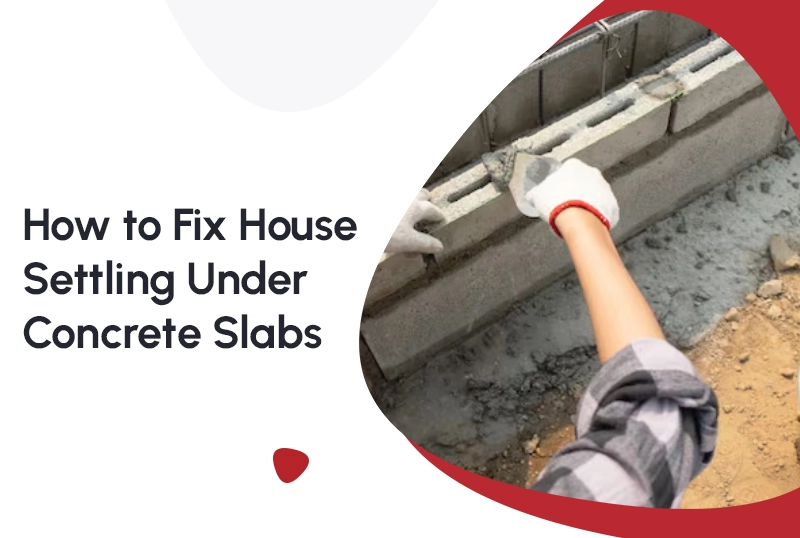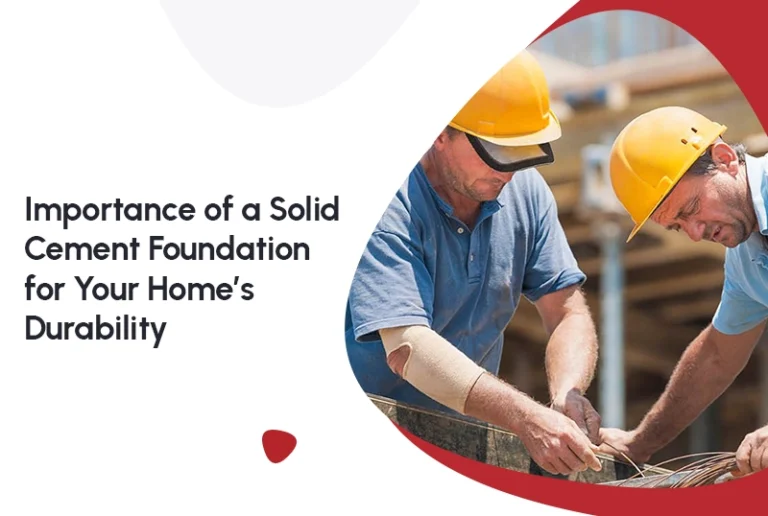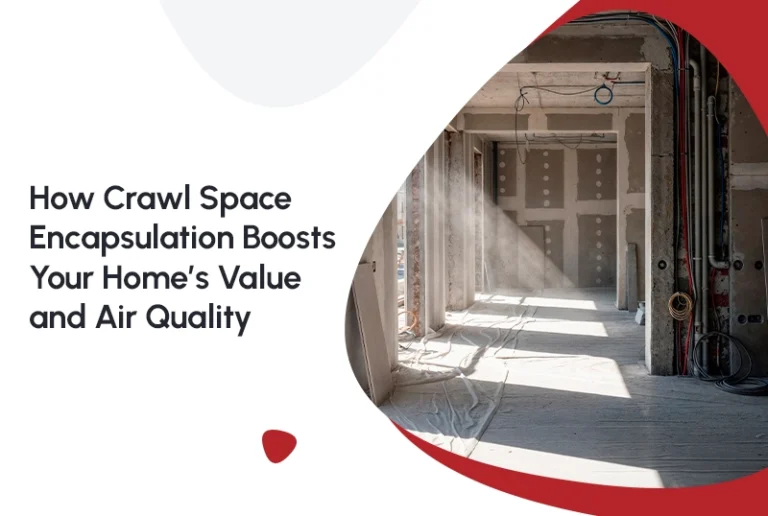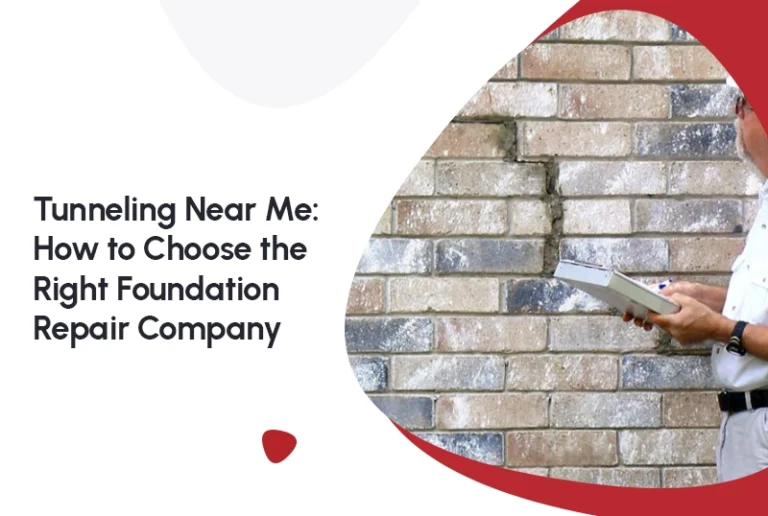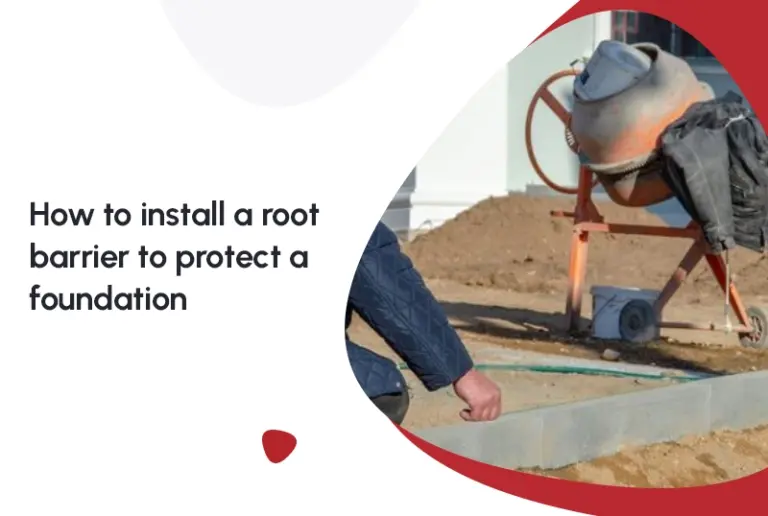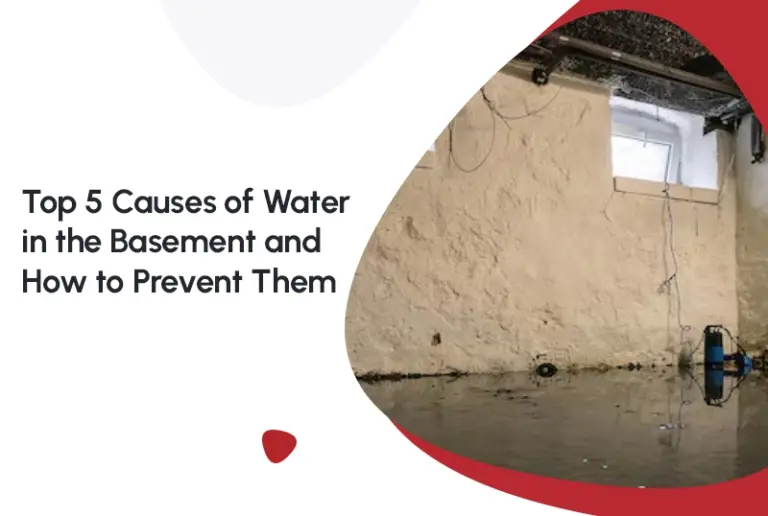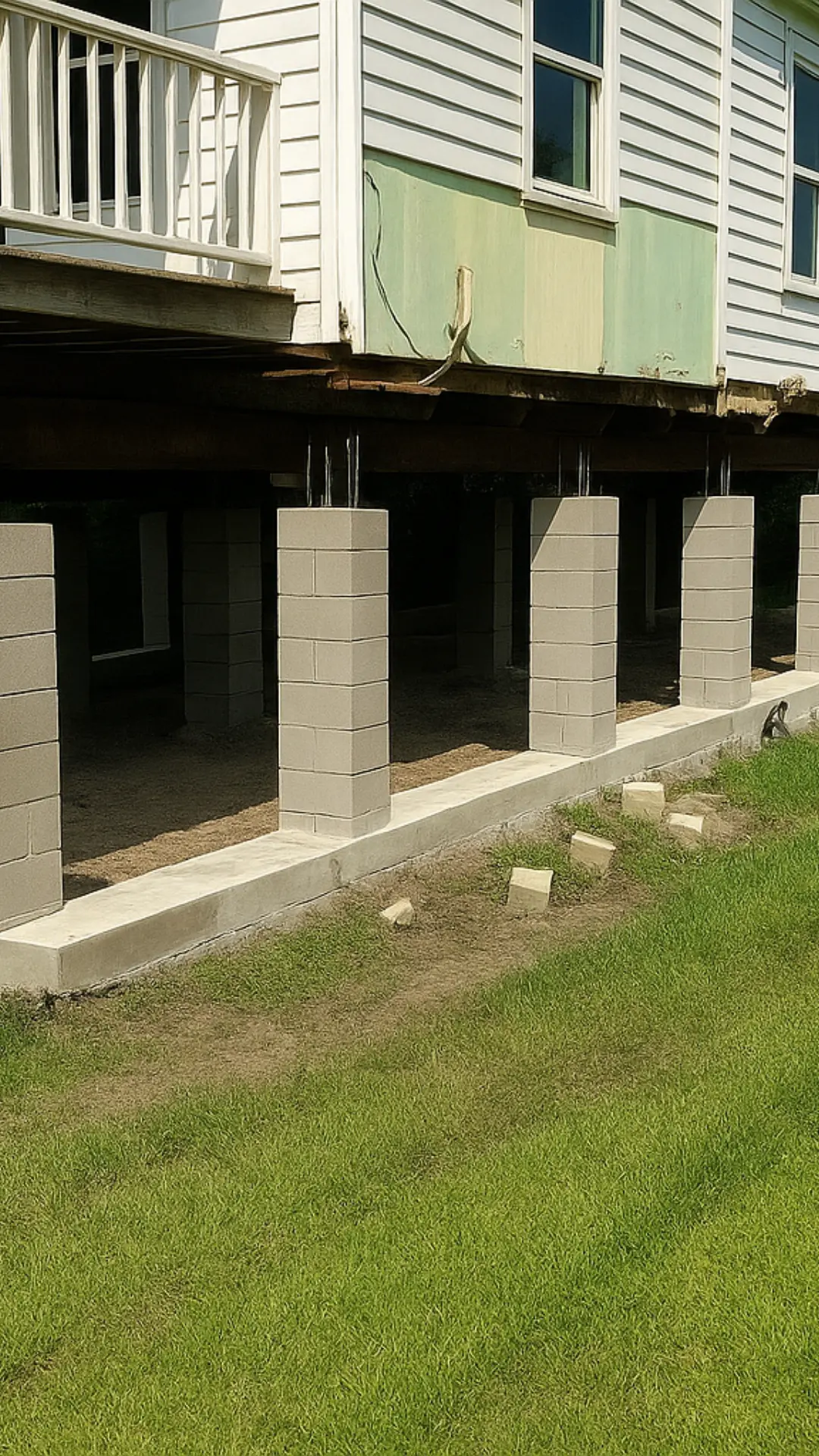So, you’ve noticed cracks in your walls, doors that don’t quite close right, or maybe even uneven floors. You’ve probably heard that these signs point to one thing: house settling. But when the issue is under your feet—literally—it’s no small matter.
If your home’s concrete slab has settled, you’re not alone. Settling under concrete slabs is quite common, especially in areas with expansive soils, poor drainage, or homes built on unstable ground. While the signs of settling can feel like a major headache, fixing house settling under concrete slabs doesn’t have to be overwhelming.
In this blog, we’ll explore how house settling happens, what you can do to fix it, and why it’s crucial to act before small problems turn into major repairs.
What Is House Settling and Why Does It Happen?
House settling refers to the gradual movement of a house due to shifting soils or structural changes over time. It’s a natural part of the building process, but when it happens too quickly or unevenly, it can lead to issues like cracked walls, uneven floors, or even structural damage.
Here are some common causes of house settling:
- Soil Movement: Changes in soil moisture, density, or compaction can cause the ground beneath your home to move.
- Poor Foundation Construction: Inadequate compaction or insufficient footing depth during construction can lead to settlement.
- Water Damage: Soil erosion or water infiltration from poor drainage can destabilize your foundation.
- Natural Shifting: Over time, even well-built foundations may experience minor shifting as the soil settles naturally.
It’s important to differentiate normal settling (which is expected over time) from problematic settling that could threaten your home’s stability. When settling leads to large cracks or structural shifts, it’s time for a fix.
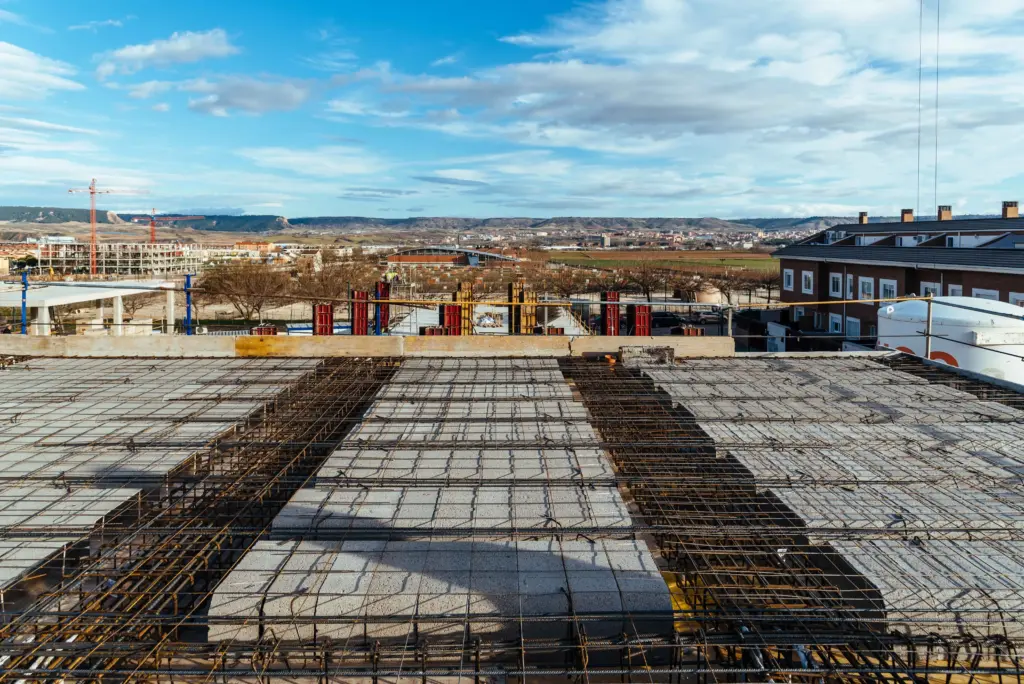
How Do You Fix House Settling Under Concrete Slabs?
Fixing house settling under concrete slabs may sound intimidating, but modern foundation repair methods are more efficient and affordable than ever. Let’s take a look at the best options to get your foundation back in shape.
1. Slab Jacking (Mud jacking)
One of the most common methods for fixing house settling under concrete slabs is slab jacking, also known as mud jacking. This technique involves injecting a mixture of cement, soil, and other materials under the settled slab. The material then raises the concrete back to its original level, filling in the voids created by settling.
Pros of Slab Jacking:
- Affordable and Quick: It’s often cheaper and faster than completely replacing a foundation.
- Minimal Disruption: The process requires minimal excavation, so your landscaping remains intact.
- Effective for Smaller Settling Issues: Perfect for minor to moderate settling.
Cons of Slab Jacking:
- Not Permanent for Major Settling: If the underlying soil issue isn’t fixed, the settling could return over time.
2. Helical Piers (Screw Piles)
For more serious cases of house settling, helical piers (also known as screw piles) are often the solution. These steel piers are “screwed” deep into the ground beneath your concrete slab to provide support and stabilize the foundation. Helical piers cost more than slab jacking, but they provide a long-term solution and are suitable for homes experiencing more extensive foundation issues.
Pros of Helical Piers:
- Permanent Solution: Once installed, they provide long-lasting stability.
- Fast Installation: The installation process is usually quick—often completed in just a few days.
- Minimal Disruption: Like slab jacking, helical piers don’t require extensive excavation.
Cons of Helical Piers:
- Higher Initial Cost: While more expensive than slab jacking, helical piers provide a permanent fix.
3. Concrete Slab Foundation Repair (Patching Cracks)
For minor cracks and settling, you might be able to tackle the problem with concrete slab foundation repair. Using patching materials, homeowners can fill small cracks and level the surface. This is often more of a temporary solution and works best for minor house settling issues that don’t affect the structural integrity of the home.
Pros of Concrete Slab Foundation Repair:
- Cost-Effective: Great for minor repairs on a budget.
- DIY-Friendly: Homeowners can do this themselves with the right tools and materials.
Cons of Concrete Slab Foundation Repair:
- Not a Long-Term Solution: It doesn’t address the underlying cause of the settling, so the issue could return.
4. Underpinning and Piering Systems
When settling is severe, underpinning and piering systems can provide the necessary support. This method involves installing piers under the foundation and gradually lifting the structure to its original position. These systems are often used for homes that are suffering from extensive settling or sinking due to poor soil conditions.
Pros of Underpinning and Piering Systems:
- Long-Term Solution: Provides deep, permanent support for your foundation.
- Highly Effective: Can fix severe settling and prevent further damage.
Cons of Underpinning and Piering Systems:
- Expensive: The most expensive option, but worth the investment for serious foundation issues.
When to Call a Professional
Not all house settling requires immediate repair. However, you should contact a professional if you notice:
- Large cracks in walls or ceilings.
- Doors or windows that stick or won’t close properly.
- Sloping or uneven floors that get worse over time.
- Visible gaps or separation in joints or between the floor and the wall.
A foundation expert can assess the situation, recommend the best course of action, and ensure that your home is stabilized properly.
Did you know? According to the National Association of Home Builders (NAHB), 25% of all homes experience some form of foundation settlement or damage over their lifetime. This statistic highlights the importance of timely repairs, as catching issues early can prevent costly damage later.
Final Thoughts
When your home starts showing signs of house settling, it’s crucial to act fast. Whether you go for slab jacking, helical piers, or underpinning, each method has its pros and cons, and selecting the right one depends on the severity of the issue.
At FNF Foundation, we specialize in helping homeowners with foundation repair. From minor cracks to full-scale repairs, we’ve got the expertise to make sure your home stays safe and stable. If you’re dealing with house settling, don’t wait for the cracks to grow—contact us today for a free consultation!
FAQs About Fixing House Settling Under Concrete Slabs
Q1: How much does it cost to fix house settling under concrete slabs?
A: The cost of fixing house settling depends on the extent of the damage. Minor repairs may cost as little as $500, while more extensive solutions like helical piers can cost upwards of $10,000.
Q2: How long does it take to fix house settling under concrete slabs?
A: Simple repairs like slab jacking can be completed in a day or two. More complex solutions, like underpinning or helical piers, may take several days depending on the severity of the settling.
Q3: Can I fix house settling under concrete slabs myself?
A: While minor cracks can be patched as a temporary fix, serious settling issues should be handled by professionals to ensure proper stabilization and avoid further damage.
Q4: What are the signs that my house is settling?
A: Look out for cracks in walls or ceilings, sloped floors, and doors or windows that won’t close properly. These are common signs of house settling that could indicate underlying foundation issues.
Q5: What is the best method for fixing house settling under concrete slabs?
A: The best method depends on the extent of the settling. For minor issues, slab jacking is effective. For more serious settling, helical piers or underpinning provide long-term solutions.
